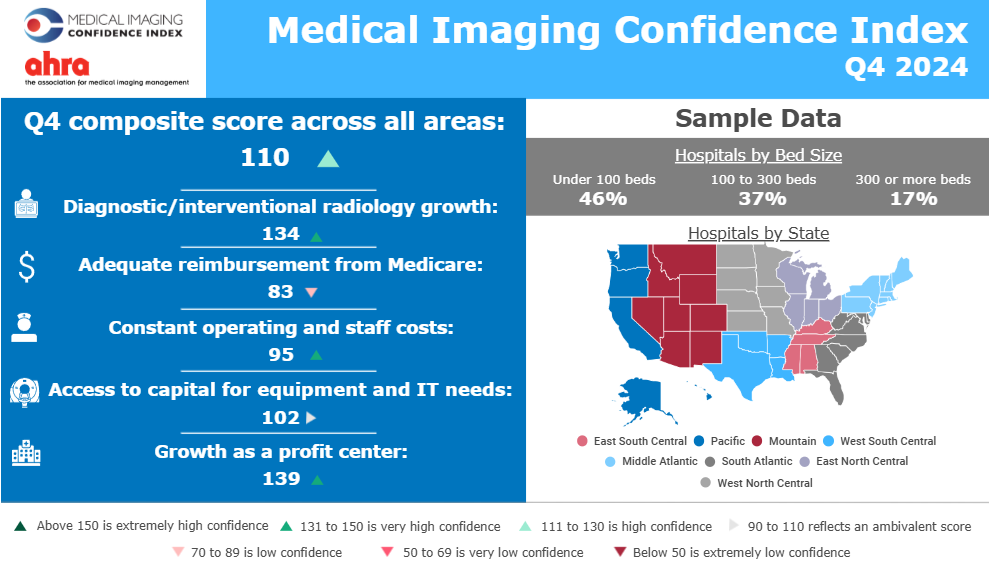Clinicians vs. Administrators: Who Are The Primary Purchase Decision Makers in Healthcare?
Share this article:
Knowing who drives purchasing decisions in healthcare leads to smarter engagement, stronger messaging, and better alignment across your commercial strategy. Hospitals and health systems involve multiple voices when evaluating new technologies, but not all voices carry the same weight.
While clinicians influence choices based on patient outcomes and product performance, administrators often weigh financial sustainability and operational impact. Their priorities often overlap, yet their decision-making paths differ.
Adding to the complexity, key opinion leaders (KOLs) shape perception and influence adoption, even when they aren’t signing contracts
Differentiating between these roles (and how they interact) is critical. By identifying the true drivers of decision-making, companies can tailor strategies that resonate with stakeholders and accelerate informed, confident purchasing decisions.
Who Are Key Opinion Leaders in the Healthcare System?
Key opinion leaders (KOLs) are highly respected clinicians, researchers, or specialists recognized for their expertise and influence within a specific area of medicine. Their insights carry weight among peers, making them pivotal voices in shaping clinical preferences, technology adoption, and product credibility. While they may not hold formal purchasing authority, their perspectives often influence those who do.
What Role Do Key Opinion Leaders Play in Healthcare Purchasing?
KOLs serve as trusted references in the evaluation phase of purchasing decisions. Administrators and frontline providers look to KOLs for validation, especially when considering unfamiliar or high-investment technologies.
A strong recommendation from a KOL can fast-track product acceptance, reduce resistance, and support internal justification for procurement. Their influence helps bridge the gap between clinical needs and strategic decision-making, making them a valuable point of alignment for companies seeking to position solutions effectively in a crowded market.

Who Are Key Decision-Makers in the Healthcare System?
Healthcare purchasing decisions are shaped through collaboration, but certain individuals consistently carry more authority than others. Decision-makers typically fall into two primary categories: clinicians and administrators. Clinicians, including physicians, nurses, and department heads, focus on patient care, clinical outcomes, and the practical functionality of a product within the care environment. Administrators, such as hospital executives, procurement directors, and financial officers, prioritize cost-effectiveness, return on investment, and alignment with organizational goals.
Each group brings distinct criteria to the table. Clinicians champion products that support diagnostic accuracy, ease of use, and workflow efficiency. Administrators assess scalability, contract terms, and long-term impact on operational efficiency. While their motivations differ, their collaboration is essential for reaching a consensus. Knowing who leads the discussion, who influences internally, and who signs off on purchasing decisions helps suppliers position their offerings in a way that reflects both clinical and institutional priorities.
Who Makes Purchasing Decisions in Healthcare?
Purchasing in healthcare rarely follows a single pathway. Decisions typically involve input from multiple departments and require alignment between clinical value and financial feasibility. While final approval may rest with one party, the process is collaborative (and often nuanced), requiring buy-in from both financial and clinical stakeholders.
The Role of Administrators in Healthcare Purchasing
Administrators manage budgets, negotiate contracts, and assess the long-term financial impact of each purchase. Their decisions are shaped by organizational strategy, return on investment, and alignment to institutional goals. Most large-scale purchases must pass through this administrative lens.
The Role of Clinicians/Service Providers in Healthcare Purchasing
Clinicians validate whether a product meets clinical needs and integrates into existing workflows. Their support can be decisive, especially for items used at the point of care. Without clinician backing, adoption often stalls, even if budget approval is secured.
Balancing Clinicians and Administrators: Finding the Right Decision-Making Strategy
A successful healthcare purchasing strategy doesn’t favor one group over the other. It builds alignment across both clinical and administrative stakeholders. While their objectives differ, neither group operates in isolation. For example, administrators often seek clinical validation, and providers require institutional backing to implement new solutions.
Rather than presenting a one-size-fits-all value proposition, effective teams adapt their approach. That may involve separate messaging tracks, cross-functional engagement, or sequencing outreach to match internal workflows. Listening closely to both sides uncovers potential points of resistance early, allowing suppliers to adjust positioning before decisions stall.
More importantly, recognizing the timing and influence of each stakeholder leads to smarter prioritization. Clinicians may influence the initial request; administrators may control the final sign-off. Mapping this interplay helps commercial teams identify who to engage, when to engage them, and how to create forward momentum throughout the decision cycle.
Who Holds the Final Decision in Healthcare Purchasing?
Final purchasing authority in healthcare depends on the type of product, the size of the investment, and the organization’s structure. While collaboration plays a significant role, most decisions ultimately rest with a single point of accountability. Understanding who that is helps suppliers tailor engagement efforts and set realistic expectations for the decision timeline.
Clinician Decision-Makers: Key Medical Device and Pharmaceutical Purchases
A respected clinician’s endorsement can drive adoption, especially when purchases fall under department-level budgets. In areas such as interventional cardiology, surgery, and oncology, physicians may have the authority to select specific devices or drug regimens.
Administrator Decision-Makers: Procurement and Budget Control
For high-cost investments, bundled purchases, or system-wide implementations, administrators control final approval. Procurement teams assess vendor contracts, compliance requirements, and long-term cost implications before a decision is finalized.
Leverage Insights for Effective Marketing Strategies
Behind every healthcare purchasing decision is a series of conversations. A department head makes the case for what they believe will improve patient care. A procurement lead asks how it fits into next year’s budget. An executive wants to know what success looks like twelve months down the line. These moments don’t happen on a flowchart. They happen between people who are weighing risk, trust, and outcomes.
Understanding these conversations, who drives them, who listens, and who ultimately says yes, is what transforms a sales pitch into a shared solution.
That’s where we come in.
The MarkeTech Group reaches the people behind the process. We deliver insights that don’t just tell you what’s happening, but why it’s happening and what to do about it.
Submit an RFP today. Our team is prepared to align our expertise with your product’s requirements, fostering solutions that exemplify success and drive innovation at every turn.




